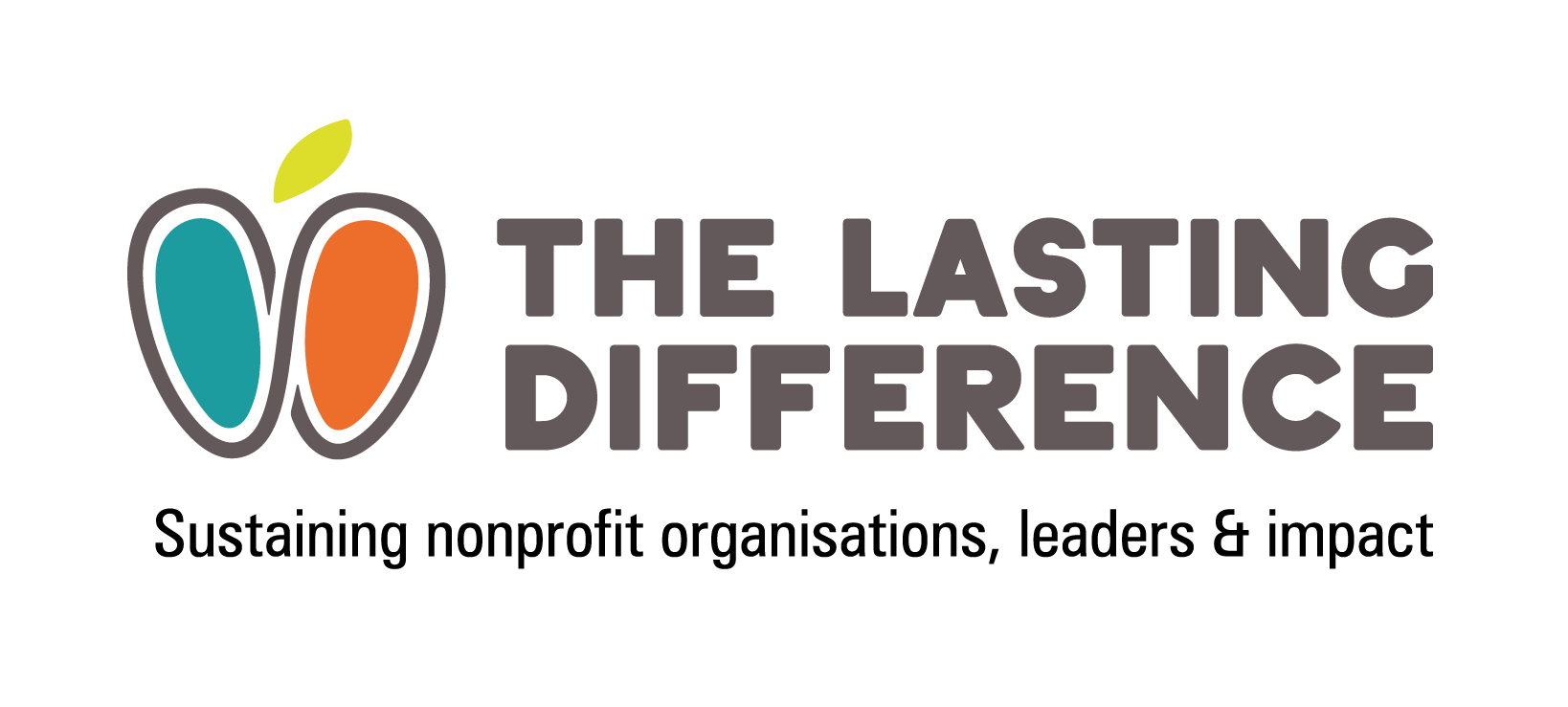A recent longitudinal (2018) report ‘Path to Impact’ assessed the capacity and capabilities of non-profit organisations in Northern Ireland and Scotland using the Core Capacity Assessment Tool (CCAT). Across both regions ‘sustainable leadership’ was identified as the weakest of all the capacity areas. Other areas of leadership were explored within this report, with ‘Leader Vision’ and ‘Internal Leadership’, for example, scoring highly. But a lack of attention to sustainable leadership raises significant challenges for the sector.
What exactly is meant by sustainable leadership? It was here defined broadly through three strands namely: cultivating organisational leaders, avoiding an over-reliance on one leader, and planning for leadership transition (including having a succession plan). It’s highly likely though that these areas do not go far enough to explore the issue in enough depth, and more work is needed to fully clarify the subject.
Succession planning is an issue right across the sector. The lack of consideration given to it makes the sector particularly vulnerable to a loss of skills and will affect its ability to deliver services well. There is further research which concurs with the Path to Impact report with more evidence to show that non-profit organisations are routinely failing to plan for their leadership transitions. Succession planning is about building people’s capacity to step up or step in, it is not about earmarking specific people for development or promotion opportunities, it should be about ensuring that a capacity-building approach to leadership exists throughout the team or organisation. This will help to reduce the reliance on one person, as well as helping to maintain energy and momentum.
Furthermore, leaders in non-profit organisations are reporting that they don’t have access to adequate leadership tools to keep them effective in their roles. Leaders say they need more leadership coaching and mentoring in a range of skills, and unmet development needs have been identified, including influencing skills, strategic planning knowledge, team development, financial literacy and fundraising training.
It seems that we may be failing to adequately prepare people for a transition to their new leadership positions, perhaps there is a stigma attached to leaders seeking help and support in these areas? Are we working to develop organisational cultures that take an active interest in the wellbeing and performance of our current and future leaders? In the past there has been an attraction in entering roles in the non-profit sector that have particularly appealed to mission-driven people. It is possible, or even highly likely, that the next generation of talented leaders may be deterred from working in a sector where professional development activities, and time and space to grow as leaders, are not prioritised.
The importance of sustainable leadership should not be underestimated. It allows us to plan for the future of our organisations and the wider sector. Sustainable leadership means taking a long-term perspective in making decisions, it ensures that innovation can be supported over the long term and that a skilled, empowered workforce can be developed. It ensures that organisations can build on their present situation towards a more viable future. This involves integrating leadership practices across the organisation and recognising and rewarding talent from the early stages. Sustainable leadership is about focussing on a sustainable, long-term future for the organisation.
What are the implications of this? Put simply we need to start thinking and planning now for the needs of the next generation of leaders. In the coming years non-profits will face increasing competition to retain existing talent, or to recruit new talent coming into the sector. We need to understand how we can best meet the needs of those future leaders. The Path to Impact report states that “developing the next generation of leaders within the sector needs to be a priority for funders and the sector at large”. The sector has a collective responsibility to make sure that it can face this potential crisis head on.
That’s why we at The Lasting Difference are committed to strengthening our support towards this overlooked area of sustainability. This year we have prioritised sustainable leadership in our new strategy ‘Walking the Strategy Talk’ and, working together with people and organisations sharing our concerns, we have recommitted to developing ourselves and the sector we support over the next year.
Laura Lebec
Selected References
Path to Impact, Final Report (2018), Chief Officers 3rd Sector, http://www.co3.bz/path-impact-final-report
The Wakeup Call Report A Study of Non-profit Leadership in the US and Its Impending Crisis (2018), Adrian Sargeant & Harriet Day
https://concordleadershipgroup.com/!WakeUpCall_Report.pdf
Groves, K.S. (2007) “Integrating leadership development and succession planning best practices” Journal of Management Development, Vol. 26, Issue 3.
Gerard, L., McMillan, J. D’Annunzio-Green, N., (2017) “Conceptualising sustainable leadership”, Industrial and Commercial Training, Vol.49, Issue 3.
